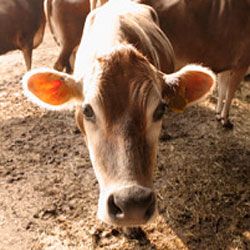Genetically modified foods is a phrase that gets tossed around a lot these days. Now that scientists are able to isolate specific genes, they can insert those genes into organisms -- especially food crops -- to produce desirable traits. New genes are introduced for a variety of reasons, whether it's to grow higher yields, make crops more resistant to infection and pests, or even to infuse them with extra nutrients and vitamins.
However, depending on how you look at it, the practice of genetically engineering crops is either a boon for civilization and the greatest hope to feed a hungry world, or a dangerous interference with nature that threatens both our health and our ecosystem. Regardless of your perspective, you probably ate a genetically modified (GM) food today. Read on for 10 common genetically altered foods or crops you may not have been aware of.
Advertisement




